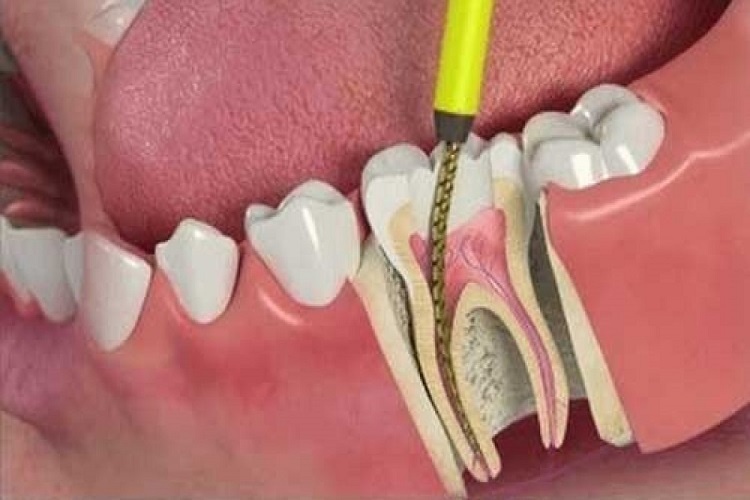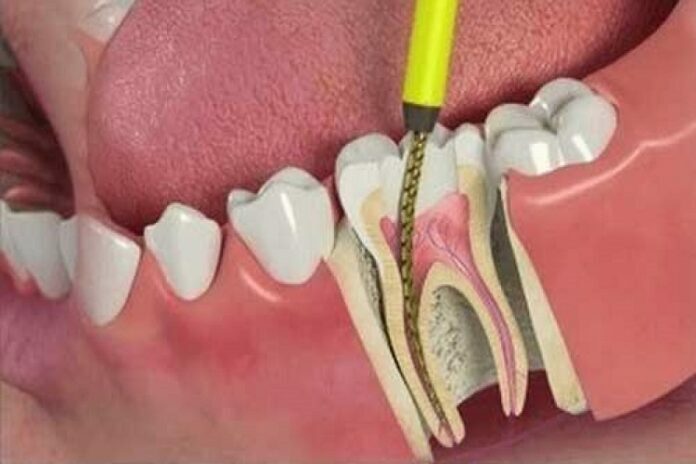Root canal therapy is required when the root canal and pulp are infected, inflamed, infected, or severely damaged. The leading cause of tooth infection is tooth decay. Besides, the tooth may have been injured, which leads to an infected pulp and tooth root. In this case, the emergency dentist will perform root canal treatment. Get detailed information about the best way to protect your dental health, on this website: https://newshub4.com/
How do you know if you need an emergency root canal Treatment?
– If you have pain
– If your tooth is sensitive to heat and cold
– If your tooth is sensitive to touch and chew on some foods
– If your tooth is discolored
– If there is inflammation
– If the lymph nodes, gums, and bones around the teeth are sensitive
Sometimes, tooth infection has no symptom, while you have to visit the dental clinic to have it treated. If the infection of the pulp and root is left untreated, it will cause severe pain or an abscess.

Procedures of Root Canal Treatment
Stage One: In the first stage, a radiograph is taken for examination of the tooth.
Stage Two: Root canal treatment is performed with local anesthesia. The purpose of anesthesia in dental procedures is not to feel pain or discomfort during treatment. After the anesthesia injection, you will not feel pain during treatment. Therefore, the emergency dentist injects local anesthesia to numb the desired area and relieve your pain during the procedure.
Stage Three: In the third stage, the emergency dentist tries to remove dental caries and open the pulp stem.

Stage Four: After the caries is removed, the emergency dentist removes the infectious nerve or so-called abscess, which is done with a small dental device.
Stage Five: In the fifth stage, the emergency dentist will clean the root canals after removing the damaged nerves. In this case, the root canals will be enlarged, and the dentist can access them better. To prevent infection in the inner layers of the tooth, the emergency dentist may prescribe an antibiotic. Sometimes, root canal treatment may take several sessions in the emergency dental clinic; therefore, a temporary filling is placed on the tooth to prevent direct contact with food and bacteria.
Stage Six: After the root canals are emptied, it is time to fill the inner part of the tooth or the root canals. To do this, the emergency dentist will first inject a local anesthetic into your gum. If you have temporary fillings on your teeth, he removes it. Then he places special filling materials into the root canals to prevent saliva and food from entering your teeth.
Stage Seven: In the final stage of root canal treatment, the tooth is restored. In the process of root canal treatment, the tooth becomes severely weakened due to extensive caries and fillings, and therefore there is a need for dental care. The emergency dentist will place a dental crown on your tooth in the dental clinic. Crowns look like natural teeth. They are made of different materials such as gold, metal, and so on.
This article was provided by Clove Dental. All the content is strictly informational and should not be considered medical advice.







